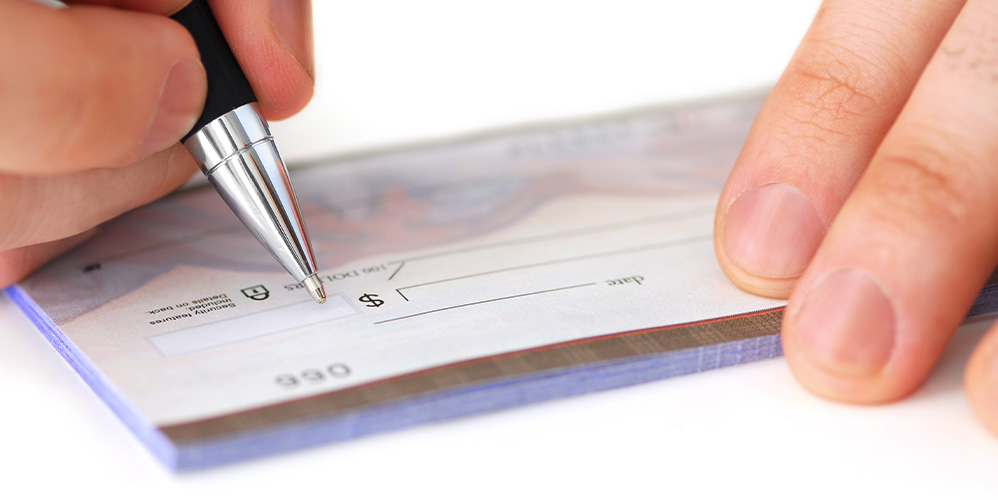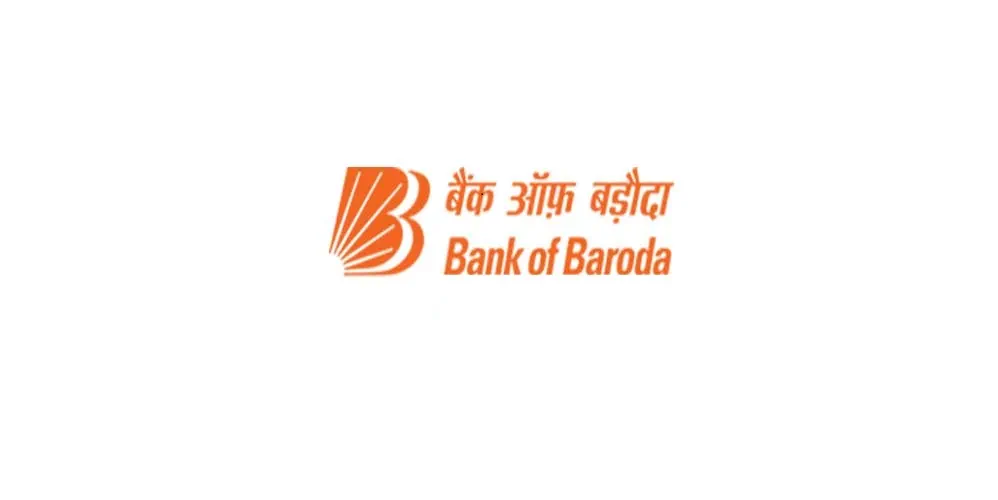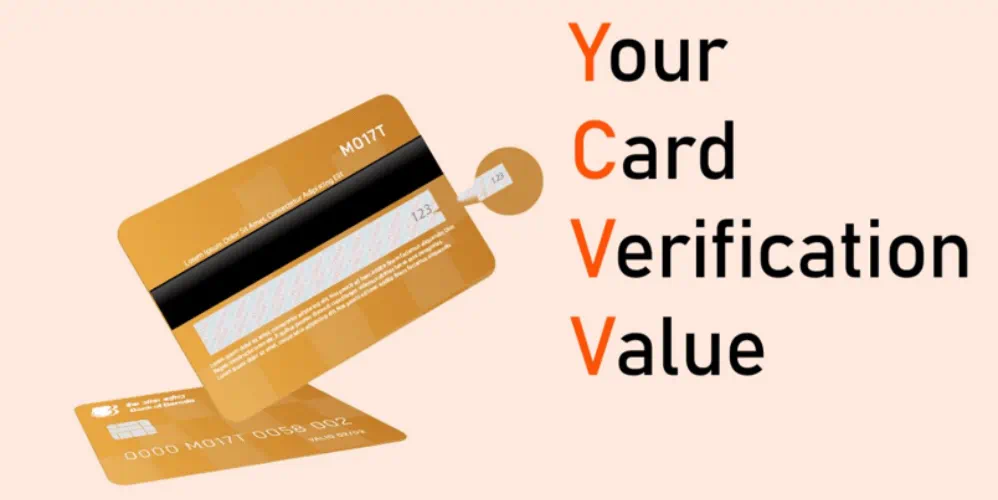
Understanding MICR: Full Form, Meaning, and Its Role in Banking
03 जून 2024

Table of Content
Introduction to MICR
While using cheque books, you must have noticed those magnetic code bars at the bottom of every cheque leaf. Those bars are unique ink codes that act as a special language that can only be understood and decoded by bankers. This is known as the MICR code. MICR stands for Magnetic Ink Character Recognition. It is a technology that involves the use of magnetic ink and special characters to process and verify the legitimacy of cheques. Introduced by the Reserve Bank of India, MICR technology has revolutionized the way banks process cheques and other financial documents. Read further to know more about MICR meaning in banking.
Meaning of MICR
If you are looking to understand the MICR code meaning, you are at the right place.As mentioned earlier, the MICR full form is Magnetic Ink Character Recognition. It is a method of encoding characters using magnetic ink and special characters to make printed or handwritten information readable by the machine. The characters used in MICR encoding are typically numbers and symbols, and they represent the essential information found on financial documents, primarily cheques. This includes the bank's routing number, account number, and cheque number. The MICR line typically contains three sets of information:
Bank Routing Number: The first set of characters in the MICR line represents the bank's routing number. This unique identifier helps in routing the cheque to the correct financial institution for processing.
Account Number: The second set of characters in the MICR line denotes the account number associated with the cheque. It ensures that the funds are withdrawn from or deposited into the correct account.
Cheque Number: The final set of characters represents the cheque number. It helps in tracking and organizing cheques for both the payer and the payee.
History and Evolution of MICR in Banking
The origins of MICR ink can be traced back to the emergence of the first computers in the late 1940s. During this period, computers relied on punched cards for binary-coded data input. As technology advanced, the banking sector sought ways to streamline the processing of cheques, a time-consuming task that involved manual input of information from each cheque into computer systems.
To address this inefficiency, the American Bankers Association (ABA) established a committee in 1952. This committee's mission was to explore innovative technologies capable of automating cheque processing. Their objective was to devise a standardized, machine-readable code that could be printed on cheques and other financial documents, eliminating the need for manual data entry.
The committee's solution involved using magnetic ink to imprint a distinctive code at the bottom of cheques. This code would encompass all essential information regarding the account holder and the transaction. Specialized machines, known as MICR readers, were designed to swiftly and accurately interpret this magnetic code, transmitting the data efficiently to the bank's computer system.
Importance of MICR in Today’s Banking System
MICR (Magnetic Ink Character Recognition) is crucial in today's banking system for secure and efficient processing of financial transactions. It enables high-speed and accurate reading of encoded information on checks, such as account numbers and routing details. MICR technology reduces errors, minimizes fraud risks, and facilitates the automated processing of checks in banking operations, enhancing overall efficiency and customer service.
The Process Behind MICR Encoding and Decoding
MICR (Magnetic Ink Character Recognition) encoding involves printing characters using a special magnetic ink containing iron oxide particles. During encoding, characters such as numbers and symbols are printed using a specific font, ensuring the formation of unique patterns. This allows MICR readers, commonly used in banking, to recognize and decode the information.
The decoding process involves passing the MICR-encoded document through a magnetic reader, which detects the magnetic signals generated by the iron oxide particles. The reader translates these signals into the corresponding characters, enabling the extraction of essential information such as account numbers and routing details with high accuracy.
Benefits of using MICR Technology in Banking
The benefits of MICR Technology in banking includes:
Efficient Cheque Processing & Clearance:
MICR technology is primarily used for processing cheques. The unique set of characters and numbers printed in magnetic ink at the bottom of cheques enables automated and accurate processing of cheques through high-speed machines. It also plays a pivotal role in the cheque clearing process. It facilitates the efficient movement of cheques between banks by providing a standardized method for encoding essential information on cheques.
Accuracy:
MICR technology enhances the efficiency and accuracy of cheque processing. Automated systems can read MICR characters at high speeds, reducing the likelihood of errors associated with manual data entry.
Reduced Fraud:
The inclusion of MICR characters on cheques helps in preventing and detecting fraud. The unique combination of numbers and characters is difficult to alter or forge without leaving noticeable evidence. Banks use MICR to verify the authenticity of cheques, reducing the risk of accepting fraudulent payments.
Compliance:
Many regulatory bodies and industry standards mandate the use of MICR technology for cheque processing. Compliance with these standards ensures that banks operate securely and reliably, meeting the expectations of customers and regulatory authorities.
Reduced Manual Intervention:
Automated MICR readers and sorting machines significantly reduce the need for manual intervention in the check processing workflow. This not only speeds up the process but also minimizes the potential for human errors.
Conclusion
The future of Magnetic Ink Character Recognition (MICR) in digital banking is all set for further transformation with advancements in technology. Emerging trends suggest a shift towards electronic payment processing, thus reducing reliance on physical cheques. Enhanced security measures and real-time monitoring are likely to play a pivotal role in shaping the future landscape of MICR in digital banking, ensuring a seamless and secure transition to a more digitized world.
Popular Articles
Related Articles



What is CVV on a Debit Card? Understanding Its Importance and Security Features


How to Update Your FASTag KYC: Step-by-Step Guide for Online & Offline Methods




The Importance of Pension Funds: Secure Your Future with Steady Retirement Income

-
डिस्क्लेमर
इस लेख/इन्फोग्राफिक/चित्र/वीडियो की सामग्री का उद्देश्य केवल सूचना से है और जरूरी नहीं कि यह बैंक ऑफ बड़ौदा के विचारों को प्रतिबिंबित करे। सामग्री प्रकृति में सामान्य हैं और यह केवल सूचना मात्र है। यह आपकी विशेष परिस्थितियों में विशिष्ट सलाह का विकल्प नहीं होगा । बैंक ऑफ बड़ौदा और/या इसके सहयोगी और इसकी सहायक कंपनियां सटीकता के संबंध में कोई प्रतिनिधित्व नहीं करती हैं; यहां निहित या अन्यथा प्रदान की गई किसी भी जानकारी की पूर्णता या विश्वसनीयता और इसके द्वारा उसी के संबंध में किसी भी दायित्व को अस्वीकार करें। जानकारी अद्यतन, पूर्णता, संशोधन, सत्यापन और संशोधन के अधीन है और यह भौतिक रूप से बदल सकती है। इसकी सूचना किसी भी क्षेत्राधिकार में किसी भी व्यक्ति द्वारा वितरण या उपयोग के लिए अभिप्रेत नहीं है, जहां ऐसा वितरण या उपयोग कानून या विनियमन के विपरीत होगा या बैंक ऑफ बड़ौदा या उसके सहयोगियों को किसी भी लाइसेंसिंग या पंजीकरण आवश्यकताओं के अधीन करेगा । उल्लिखित सामग्री और सूचना के आधार पर किसी भी वित्तीय निर्णय लेने के लिए पाठक द्वारा किए गए किसी भी प्रत्यक्ष/अप्रत्यक्ष नुकसान या देयता के लिए बैंक ऑफ बड़ौदा जिम्मेदार नहीं होगा । कोई भी वित्तीय निर्णय लेने से पहले अपने वित्तीय सलाहकार से सलाह जरूर लें।
Understanding Gratuity: Your Complete Guide to Employee Benefits
In the complex landscape of employment benefits and compensations, the term "gratuity" frequently arises. Gratuity is a financial benefit offered to employees as a gesture of gratitude for their unwavering commitment and service. This comprehensive guide will thoroughly examine the concept of gratuity, delving into its definition, eligibility requirements, calculation methodology, and the significance of comprehending this essential employment benefit.
Navigating New Fund Offers (NFOs): Opportunities, Risks, and Considerations
Individual investors have started to invest more in mutual funds in order to diversify their portfolios. By investing in mutual funds, they also seek professional management of their investments. New Fund Offer (NFO) is one of the key events in the life cycle of mutual funds. If you are looking forward to exploring new investment opportunities and diversifying your portfolio then NFOs are designed for you.

